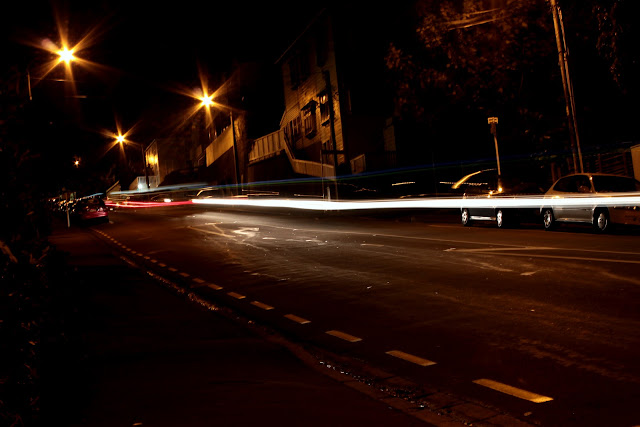For the second project, the idea we're to work with is the idea of Time. I want to portray the idea of timelessness of man-made structures, and the flow of society around these places/objects. The world we live in, here, in Wellington, is almost entirely constructed by humans. The roads we walk and drive on, the buildings we work in, they are all the products of our societys over-active need for progress. The world we make has no concept of the passage of time. I want to show the flow of time around and through this man-made world.
For the techniques I want to use, I really want to capture these moments in a brief space of time, but I really want to show everything else, society around the man-made world, continuing to move, I want to show that the world is immortal. Since it has no concept of the passage of time, is the man-mad world not in itself immortal? I want to see how the world flows by the places we ourselves have made. I want to experiment with a variety of compositions with the world and the "flow". Looking at the exposure time, I want to show the people still there, but not in a specific spot. I want to see the motion, I want to see the flow. So, in that respect, the exposure length will be something along the lines of 1-8 seconds, depending on the space and situation. The aperture that I want to use will have to be small, both to capture a large depth of field for the buildings, as well as to counteract the large amount of light entering the camera as a result of the long exposure.
I saw some of the ideas shown in the "time" lecture slides, and loved how some photos really just captured the moment, and I thought, "I want to capture the timelessness of buildings, the timelessness of the world around us, while we carry on about our busy lives." I think showing the way people move around the buildings in time would be a really interesting-but-ordinary feature, and showing that flow effectively would look phenomenal.
Ideally I want to end up with a series of photos, where the inherent idea transfers seamlessly across all the photos. The idea I have really wouldn't be suited to any kind of time lapse or stop motion, but could possibly be suited for a short video. We'll see.























